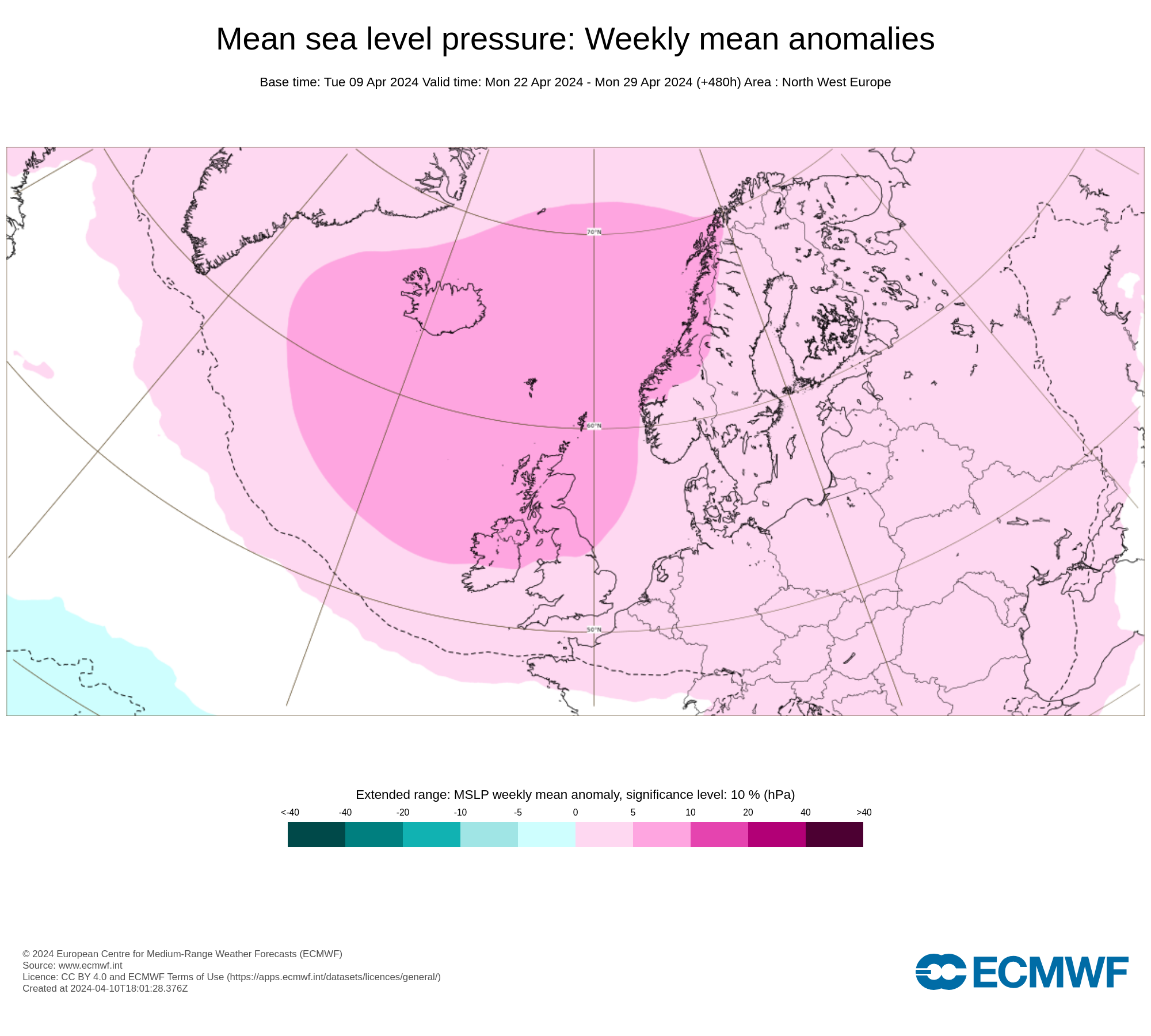GET READY FOR THE FULL LUNAR ECLIPSE IN IRELAND NEXT MONDAY MORNING
Blood moon Lunar eclipse moon
On the morning of Monday 21st of January Ireland will get the view a Lunar eclipse. The Lunar Eclipse occurs on Monday 21st of January 2019 and will begin at 2:36am that morning.
WEATHER FORECAST
This Sunday night and Monday morning next week looks set to be a cold one across Ireland with a widespread sharp frost with clear sky’s and temperatures dropping as low as -4C to -5C with highs of 1C over the Sunday night and Monday morning. Below you will fine information on the Eclipse.
WHAT IS THE MAXIMUM ECLIPSE?
5:12am - Maximum in This is the moment when the eclipse reaches its greatest magnitude while the entire Moon is above the horizon in Ireland and the UK. The true maximum point of this eclipse will able to be seen in Ireland UK because the Moon is below the horizon at that time.will be located out to the west of Ireland pending the weather conditions.
Continues below
The Total eclipse will then end at 5:43am Monday morning 21st January 2019.
The moon will then go into a phase called a Partial Eclipse which begins at 5:43am ends at 6:50am and after that we have the Penumbral Eclipse which ends on the 28th of July 2018 at 7:48am.
Another name for this total lunar eclipse is called a blood moon, as the Moon turns red. As the moon leaves the total eclipse phase and enters the Partial Eclipse phase it will turn from red back to it normal colour and this will be all on view to the naked eye.
The big factor will be the weather so let hope we get nice clear conditions for the morning
Continues below
Further info on eclipses
Total eclipses of the Moon happen at Full Moon when the Sun, Earth, and Moon are aligned to form a line. The astronomical term for this type of alignment is syzygy, which comes from the Greek word for being paired together.
The Moon does not have its own light but shines because its surface reflects the Sun's rays. During a total lunar eclipse, the Earth comes between the Sun and the Moon and blocks any direct sunlight from reaching the Moon. The Sun casts the Earth's shadow on the Moon's surface.
For a lunar eclipse to occur, the Sun, Earth, and Moon must be roughly aligned in a line. Otherwise, the Earth cannot cast a shadow on the Moon's surface and an eclipse cannot take place.
When the Sun, Earth, and Moon come together in a straight line, a total lunar eclipse takes place. When the three bodies are aligned in a way that the Moon is partly covered by the Earth's umbra, a partial lunar eclipse is the result. On the other hand, if only the outer part of Earth's shadow covers the Moon, a penumbral lunar eclipse takes place.
Earth's umbra extends into space far beyond the orbit of the moon. This means that Earth's antumbra plays no role in lunar eclipses.
Total lunar eclipses happen only when:
The Sun, Earth, and Moon are in a straight line,
and there is a Full Moon.
The Moon Looks Red
Even though Earth blocks sunlight from directly reaching the surface of the Moon during a total lunar eclipse, the Moon is still visible to the naked eye. This is because Earth's atmosphere bends sunlight and indirectly lights up the Moon's surface.
When sunlight passes through the Earth's atmosphere, it gets refracted towards the Earth's surface, and part of it—the colors with shorter wavelengths—gets scattered and filtered out, while the rest, colors with longer wavelengths like orange and red, passes through the atmosphere. This light is once again refracted towards the surface of the fully eclipsed Moon, thus illuminating it in a reddish-orange glow. Because of this, a total lunar eclipse is sometimes colloquially called a Blood Moon.
Why does the Moon look red?
Different Colored Eclipses
A lunar eclipse can also be yellow, orange, or brown in color. This is because different types of dust particles and clouds in Earth's atmosphere allow different wavelengths to reach the surface of the Moon.
7 Stages of the Eclipse
Penumbral eclipse begins: This begins when the penumbral part of Earth's shadow starts moving over the Moon. This phase is not easily seen by the naked eye.
Partial eclipse begins: Earth's umbra starts covering the Moon, making the eclipse more visible.
Total eclipse begins: Earth's umbra completely covers the Moon and the Moon is red, brown, or yellow in color.
Maximum eclipse: This is the middle of the total eclipse.
Total eclipse ends: At this stage, Earth's umbra starts moving away from the Moon's surface.
Partial eclipse ends: Earth's umbra completely leaves the Moon's surface.
Penumbral eclipse ends: At this point, the eclipse ends and Earth's shadow completely moves away from the Moon.
2019 CALENDAR NOW ON SALE

































